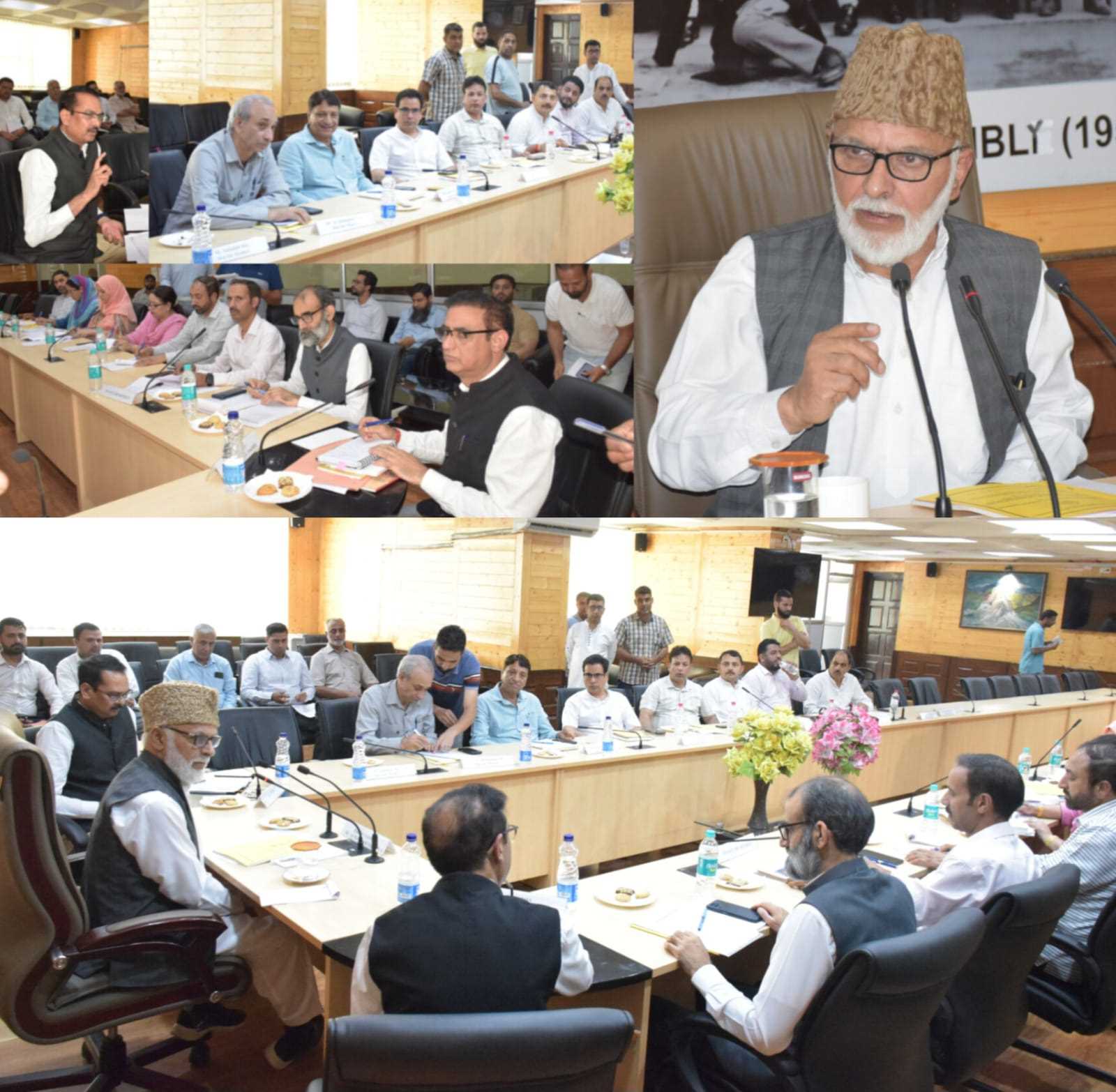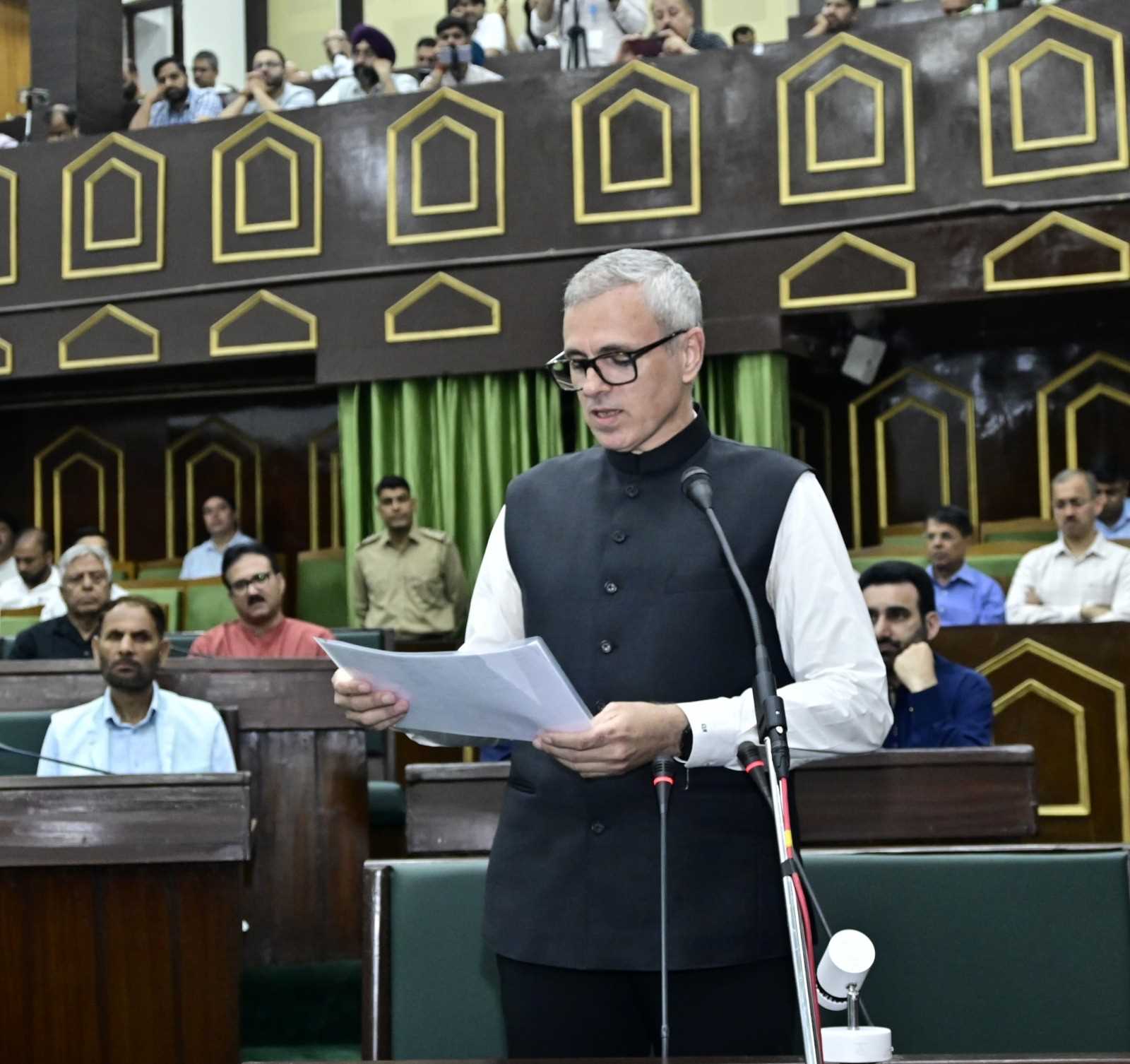Militarily, China has modernized its armed forces, expanding its naval capabilities, cyber warfare units, and space programs. The construction of artificial islands in the South China Sea, along with its assertive posture toward Taiwan, have revealed Beijing's growing willingness to defend what it sees as its core interests, even at the risk of confrontation with the United States. The People's Liberation Army is no longer a regional force; it is evolving into a global military power capable of projecting influence far beyond China's immediate periphery
The 21st century has witnessed a profound transformation in global geopolitics, marked by the emergence of China as a formidable economic and strategic power. This rise is not merely a shift in economic statistics or military spending; it signals a deep and enduring paradigm shift in how global power is distributed, perceived, and projected. The once unchallenged dominance of the United States—the hallmark of the post-Cold War world—is now being recalibrated in real-time, as China asserts its influence across continents, institutions, and ideologies. This evolution invites a critical examination of how power itself is defined and deployed in a rapidly changing world order.
For much of the 20th century, the United States enjoyed an unprecedented position of global primacy. Emerging victorious from two world wars and the Cold War, America not only possessed the world’s most powerful military but also became the principal architect of a liberal international order based on free markets, open societies, and multilateral institutions. American culture, innovation, and democratic ideals shaped the global narrative. However, beneath this dominant framework, tectonic changes were quietly taking place. The 21st century would bring with it the decline of Western absolute supremacy and the re-emergence of Asian power—embodied most prominently by China.
China’s rise has been swift and multidimensional. In just four decades, the country has transformed from an isolated, agrarian economy into the world’s second-largest economy and a technological powerhouse. This transformation is unparalleled in modern history. Driven by state-led capitalism, massive infrastructure investment, a vast manufacturing base, and an expanding consumer class, China has not only lifted hundreds of millions out of poverty but has also become the primary trading partner for over 120 countries. Its Belt and Road Initiative, sprawling across Asia, Africa, and Europe, is not just an infrastructure project but a strategic blueprint for global influence.
What distinguishes China's rise is not merely the accumulation of wealth and power but the manner in which it challenges the existing paradigms of global leadership. Unlike the United States, which has historically emphasized liberal democratic values, individual freedoms, and open markets, China's governance model is rooted in authoritarian control, centralized planning, and a unique blend of Marxism and market economics. Beijing's success has led many countries, especially in the Global South, to view its model as an alternative to the Western liberal democratic order. In this way, China is not only rising as a superpower but also reshaping the ideological competition of the 21st century.
This shift becomes even more pronounced in the realm of technology and innovation. China has invested heavily in artificial intelligence, 5G infrastructure, quantum computing, and renewable energy. Companies like Huawei, Tencent, and BYD now compete directly with Silicon Valley giants. The state’s aggressive policies in acquiring technological capabilities—through research, acquisitions, and state-backed initiatives—have placed China at the cutting edge of global innovation. This transformation has raised alarms in Washington and other Western capitals, prompting a reassessment of supply chains, cybersecurity, and intellectual property rights.
Militarily, China has modernized its armed forces, expanding its naval capabilities, cyber warfare units, and space programs. The construction of artificial islands in the South China Sea, along with its assertive posture toward Taiwan, have revealed Beijing's growing willingness to defend what it sees as its core interests, even at the risk of confrontation with the United States. The People's Liberation Army is no longer a regional force; it is evolving into a global military power capable of projecting influence far beyond China's immediate periphery.
Diplomatically, China has adopted a more assertive tone. Once characterized by the dictum of Deng Xiaoping to "hide your strength, bide your time," Chinese diplomacy under President Xi Jinping is bold and unapologetic. Beijing has taken leading roles in institutions like the Shanghai Cooperation Organization and the BRICS group while establishing new ones like the Asian Infrastructure Investment Bank (AIIB) that reflect its growing clout. Furthermore, China’s diplomatic engagements across Africa, Latin America, and the Middle East are altering traditional alignments and expanding Beijing’s strategic footprint.
The COVID-19 pandemic accelerated many of these trends. While the United States struggled with domestic political polarization, inconsistent public health responses, and economic volatility, China projected an image—rightly or wrongly—of control, stability, and resilience. It supplied vaccines, medical equipment, and economic aid to dozens of countries, reinforcing its role as a global provider. The pandemic became a litmus test of governance, and in many corners of the world, China appeared to pass while America stumbled.
Nonetheless, China's ascent is not without internal and external challenges. Domestically, it faces significant economic headwinds, including a shrinking labor force, rising debt levels, property sector instability, and an increasingly surveilled civil society that may stifle innovation in the long term. Politically, the concentration of power in Xi Jinping and the suppression of dissent raise questions about long-term stability. Internationally, China's assertiveness has provoked pushback from neighboring countries and the broader West. The formation of security alliances like AUKUS, the Quad, and renewed NATO interest in the Indo-Pacific illustrate a growing anxiety about Beijing’s ambitions.
In contrast, while America’s relative decline is often exaggerated, its global dominance is undeniably facing structural erosion. The U.S. still retains unparalleled military capabilities, world-leading universities, vibrant innovation hubs, and deep financial markets. However, internal political divisions, social inequality, a growing distrust in institutions, and the lingering effects of interventionist foreign policies have weakened its moral and strategic authority. The challenge for the United States is no longer merely to contain rivals but to reinvent its leadership model in a multipolar world.
What we are witnessing is not the replacement of one superpower by another in a linear fashion, but rather the emergence of a new global paradigm—one where power is more diffused, contested, and multidimensional. China and the U.S. represent two very different visions of global order, and the friction between them is as much about values and systems as it is about economics and military balance. The world is entering an era where cooperation and competition will coexist, where alliances will be fluid, and where the very concept of leadership will be redefined.
This new paradigm also demands a more nuanced approach from other nations. Countries like India, Brazil, Indonesia, and South Africa are increasingly pursuing independent foreign policies, balancing relations between East and West. The European Union, while traditionally aligned with the United States, is also recalibrating its strategic autonomy. In such a world, binary choices between China and America are neither practical nor desirable. The future of global leadership will likely be shared, negotiated, and constantly evolving.
Moreover, this shift has deep cultural and psychological dimensions. The "American Dream" as a global aspiration is being replaced in many places by the “China Model”—a narrative of stability, rapid development, and sovereign control. Whether this model is sustainable or replicable remains to be seen, but its appeal marks a significant break from the post-Cold War consensus. For the first time in decades, the world is seriously debating the nature of modernity, governance, and development outside the shadow of Western liberalism.
In the coming decades, the China–U.S. rivalry will remain the central axis around which global politics revolve. But it would be a mistake to view this dynamic through a purely confrontational lens. There are pressing global challenges—climate change, pandemics, nuclear proliferation, cyber threats—that require cooperation between these giants. The ability of both nations to manage competition without descending into conflict will define the future of the world.
In conclusion, the rise of China is not just an economic or geopolitical phenomenon; it represents a paradigm shift in global power—a redefinition of influence, legitimacy, and leadership in the 21st century. The United States, while still powerful, must adapt to a world where its dominance is no longer assumed. This shift will not happen overnight, nor will it follow a predictable path. But one thing is certain: the age of unipolarity is over, and the world must now navigate a new, complex, and uncertain paradigm of power.
Email:---------------------------artistmalik46@gmail.com










